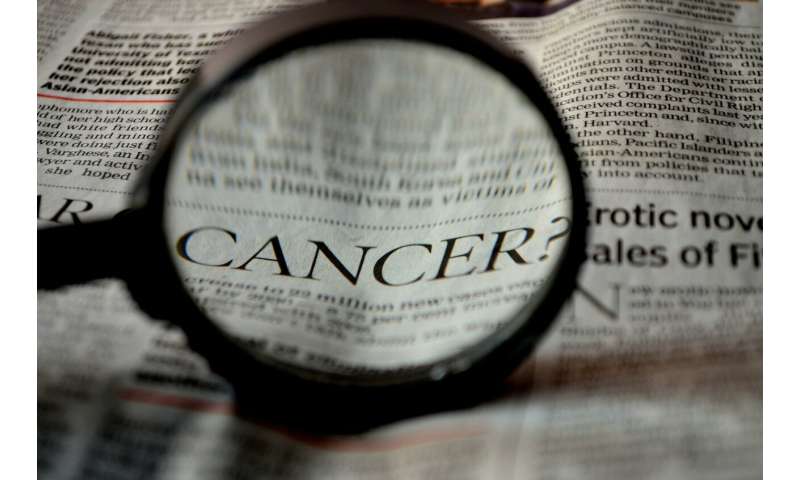Black/white breast cancer subtype incidence in men differs from trends in women

Incidence rates for hormone receptor positive (HR+) breast cancers are considerably higher in black men than white men, in stark contrast to lower incidence rates of those cancer subtypes in black versus white women. That’s according to a new American Cancer Society study that used nationwide data to provide the first report on differences in subtype-specific breast cancer incidence rates between black men and white men. The study appears in JNCI Cancer Spectrum.
Incidence rates of breast cancer in men are higher in blacks than in whites in the United States, in contrast to rates for women, among whom breast cancer incidence rates remain slightly higher in whites than in blacks. There are considerable racial differences in breast cancer rates by subtype in women, with black women having about twice the rate of triple-negative breast cancer and lower rates of HR-positive cancers. This difference has significant implications for patient outcomes.
However, it is unknown whether similar subtype-specific differences in breast cancer incidence rates occur between black men and white men. To find out, researchers led by Hyuna Sung, Ph.D. examined subtype specific breast cancer incidence rates in black and white men in the U.S. using a contemporary nationwide database.
They found that rates for all subtypes were higher among black than white men, with rates for HR+/HER- breast cancers about 41% higher among black men compared to white men; about 65% higher for HR+/HER2+, more than 2.5 times higher for HR-/HER2+, and 2.27 times higher for triple-negative breast cancer. Conversely, among women, rates in blacks were 21% lower for HR+/HER2- and comparable for HR+/HER2+, but 29% and 93% higher for HR-/HER2+ and triple-negative subtypes, respectively.
“Reasons for the elevated risk of breast cancer in black men are largely unknown but may involve multitude of risk factors including genetic and non-genetic factors,” write the authors. Racial differences in the prevalence of mammography and menopausal hormone supplements are thought to have contributed to the historically higher incidence rate of HR+ cancers in white women, but these are not factors in breast cancer in men.
Well-known risk factors for male breast cancer include family history of breast and/or ovarian cancers, pathogenic mutations in BRCA2, radiation exposure, and conditions that alter hormonal balance such as Klinefelter syndrome and gynecomastia, and potentially obesity and diabetes. Moreover, previous studies have found higher level of estradiol was found to be associated with increased risk of male breast cancer after controlling for body mass index, suggesting a presence of estrogen-mediated carcinogenesis in male breast cancer. However, whether associations of these risk factors vary by tumor subtypes remains unknown and should be considered in future etiologic studies.
Source: Read Full Article


